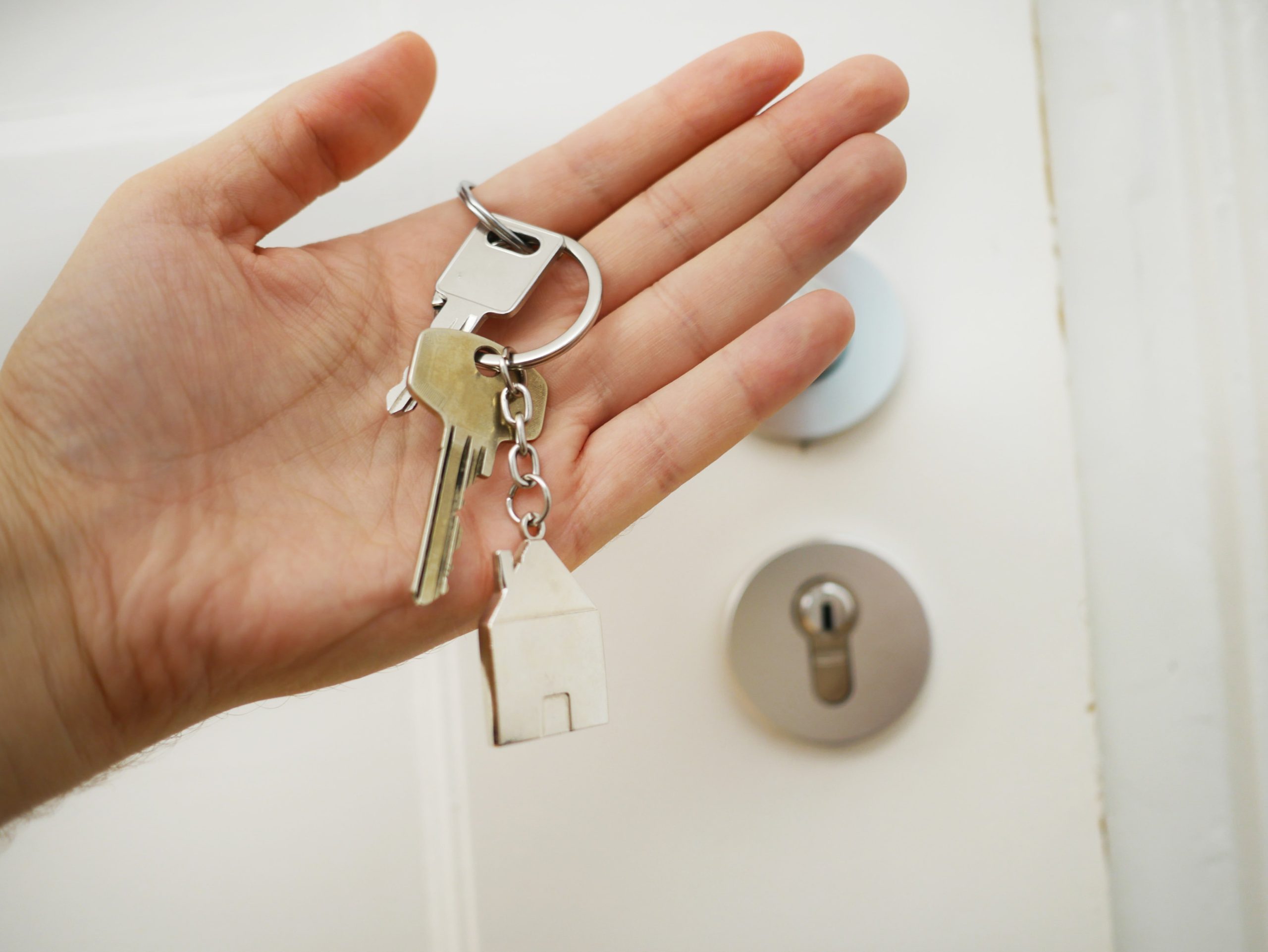As we approach a critical juncture in our planet’s future, more and more people are recognizing the importance of sustainability. With climate change threatening our very existence, it’s no wonder that sustainable homes have become all the rage in recent years. From cutting-edge eco-friendly designs to state-of-the-art energy-efficient systems, sustainable living is quickly becoming the new black for homeowners around the world. Join us as we explore why this trend is taking off and how you can make your home more environmentally friendly today!
The current state of the housing market
The current state of the housing market is such that sustainable homes are in high demand. This is due to the increasing concerns over climate change and the effects that it is having on our planet. More and more people are looking for ways to reduce their carbon footprint, and sustainable homes are a great way to do this. Not only do they use less energy and resources, but they also generate less waste.
What’s more, sustainable homes are often cheaper to operate and maintain than traditional homes. This is because they often make use of solar power, wind power, or other renewable energy sources. They also tend to be more efficient in their use of water and other resources. As a result, sustainable homes can help save you money on your utility bills each month.
If you’re thinking of buying a new home, or even just making some upgrades to your existing home, consider going green! It’s not only good for the environment, but it’s also good for your wallet.
The rise in demand for sustainable homes
As concerns about the climate continue to grow, more and more people are looking for homes that are sustainable and environmentally friendly. Sustainable homes are becoming increasingly popular as they offer a number of benefits over traditional homes.
Sustainable homes are typically more energy efficient than traditional homes, meaning they use less energy to run and generate lower carbon emissions. This can help to reduce your carbon footprint and save you money on your energy bills.
Sustainable homes are also often constructed using recycled or sustainable materials, which can further reduce your environmental impact. Additionally, many sustainable homes feature green features such as solar panels, rainwater harvesting, and grey water systems, which can further reduce your ecological footprint.
Finally, living in a sustainable home can provide you with a sense of satisfaction knowing that you are doing your part to protect the environment. Sustainable homes offer all of these benefits and more, making them an increasingly popular choice for those looking for a new home.
What makes a home sustainable?
As the world becomes increasingly aware of the threat of climate change, sustainable homes are in high demand. A sustainable home is one that is designed and built to reduce its environmental impact, with a focus on energy efficiency and the use of renewable resources.
There are many features that can make a home sustainable, but some of the most important include:
1. Energy efficiency: A sustainable home will be designed to minimize energy consumption, whether through passive solar design, high-efficiency windows and insulation, or on-site renewable energy generation.
2. Water conservation: Sustainable homes typically include water-saving fixtures and appliances, gray water recycling systems, and rainwater harvesting.
3. Materials: Use of recycled and environmentally friendly materials is important in sustainable home construction and renovation.
4. Waste reduction: Sustainable homes strive to reduce waste throughout their lifecycle, from construction to day-to-day living. This includes everything from choosing durable products that will last long to composting household food waste.
Sustainable homes offer many benefits for their occupants, including lower utility bills, a smaller environmental footprint, and improved indoor air quality. If you’re interested in making your home more sustainable, there are many ways to get started.
Benefits of sustainable living
As the world becomes increasingly aware of the need to protect our planet, sustainable living has become more popular than ever. There are many benefits to sustainable living, including reducing your carbon footprint, saving money, and improving your health.
Reducing your carbon footprint is one of the most important benefits of sustainable living. Burning fossil fuels releases greenhouse gases into the atmosphere, which contribute to climate change. Sustainable living practices can help reduce your carbon footprint by reducing your reliance on fossil fuels.
Sustainable living can also save you money. Many sustainable practices, such as solar power and energy efficiency, can save you money on your utility bills. In addition, growing your own food or investing in local produce can save you money on groceries.
Finally, sustainable living can improve your health. Sustainable practices such as eating organic food and using natural cleaning products can help reduce your exposure to harmful chemicals. In addition, getting regular exercise outdoors can boost your mood and improve your overall health.
How to make your home more sustainable
As we all become more aware of the climate crisis, many of us are looking for ways to make our homes more sustainable. There are a number of simple things you can do to make your home more energy-efficient and eco-friendly.
1. Start by making sure your home is properly insulated. This will help to keep your home warm in the winter and cool in the summer, reducing your energy consumption and saving you money on your utility bills.
2. Install solar panels or other renewable energy sources. This will help you to reduce your reliance on fossil fuels and lower your carbon footprint.
3. Make an effort to reduce water consumption. Simple things like fixing leaks, installing low-flow showerheads, and using drought-resistant plants in your landscaping can make a big difference.
4. Compost food scraps and yard waste instead of sending them to the landfill. This will help to reduce methane emissions and create rich, nutrient-dense soil for your garden.
5. Choose eco-friendly building materials whenever possible. When renovating or building new, look for products made from recycled materials or that have low embodied energy (the energy required to produce them).
Conclusion
The demand for sustainable homes is higher than ever as people become more conscious about the environment and their own carbon footprints. With a wide variety of options from solar energy to passive house design, sustainable homes are becoming increasingly accessible and affordable. Now is the perfect time to join the green movement if you want to reduce your impact on the environment while also saving money in the long run. With so many benefits, it’s no wonder why green living is quickly becoming “the new black”.










